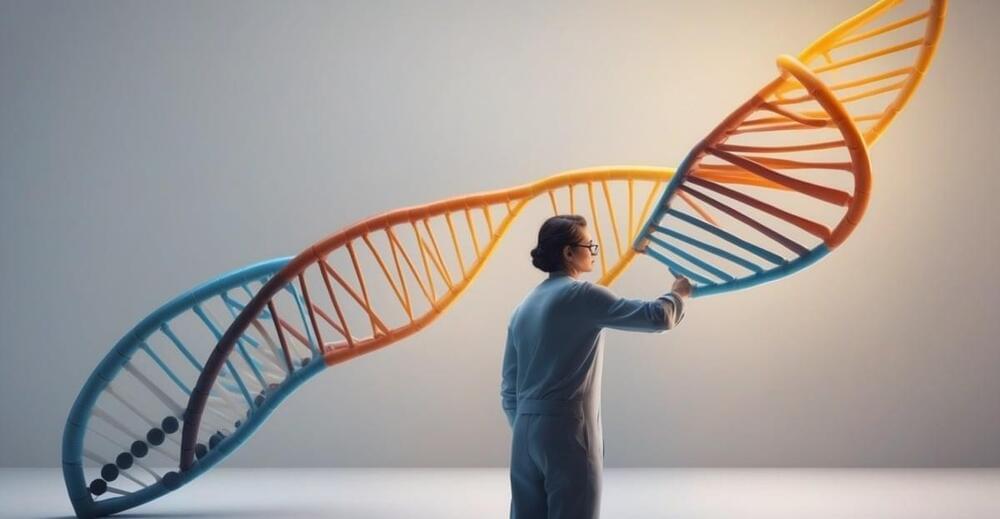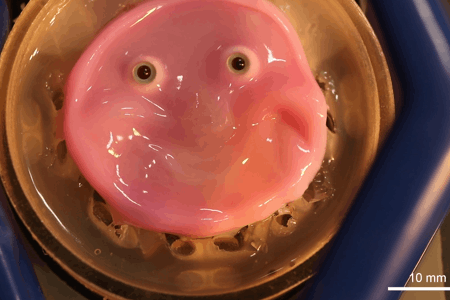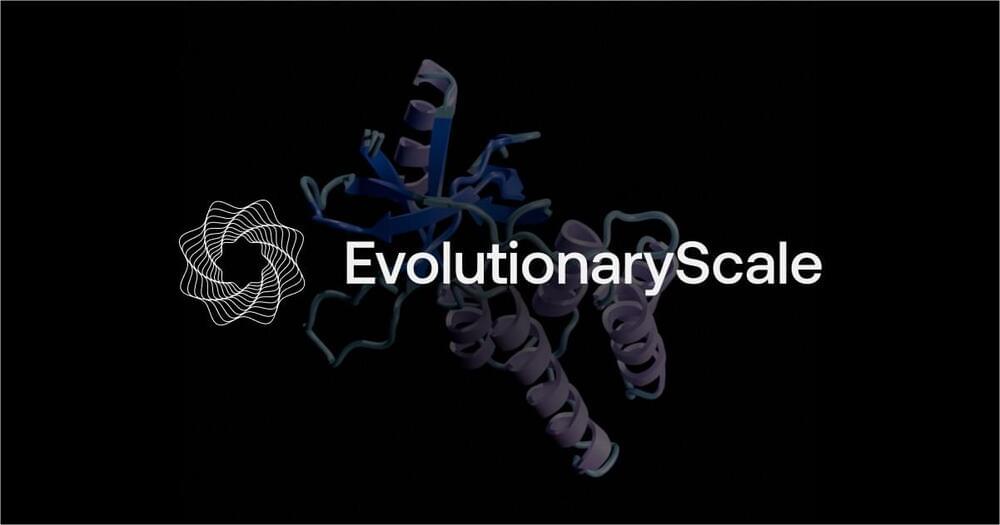Jul 9, 2024
Philosopher David Chalmers: We Can Be Rigorous in Thinking about the Future
Posted by Chris Smedley in categories: bioengineering, ethics, life extension, Ray Kurzweil, robotics/AI, singularity
David is one of the world’s best-known philosophers of mind and thought leaders on consciousness. I was a freshman at the University of Toronto when I first read some of his work. Since then, Chalmers has been one of the few philosophers (together with Nick Bostrom) who has written and spoken publicly about the Matrix simulation argument and the technological singularity. (See, for example, David’s presentation at the 2009 Singularity Summit or read his The Singularity: A Philosophical Analysis)
During our conversation with David, we discuss topics such as: how and why Chalmers got interested in philosophy; and his search to answer what he considers to be some of the biggest questions – issues such as the nature of reality, consciousness, and artificial intelligence; the fact that academia in general and philosophy, in particular, doesn’t seem to engage technology; our chances of surviving the technological singularity; the importance of Watson, the Turing Test and other benchmarks on the way to the singularity; consciousness, recursive self-improvement, and artificial intelligence; the ever-shrinking of the domain of solely human expertise; mind uploading and what he calls the hard problem of consciousness; the usefulness of philosophy and ethics; religion, immortality, and life-extension; reverse engineering long-dead people such as Ray Kurzweil’s father.
As always you can listen to or download the audio file above or scroll down and watch the video interview in full. To show your support you can write a review on iTunes, make a direct donation, or become a patron on Patreon.

















